
Education Centre at Mt Rothwell
On Tuesday the 23rd of April, the Year 12 Environmental Science Class went on a fieldtrip to Ecolinc and Mount Rothwell to study conservation of Biodiversity. Mount Rothwell Biodiversity Interpretation Centre is a 400 hectare property and is the largest predator free ecosystem in Victoria. Mount Rothwell has been established for the management of high conservation value species. This is achieved through breeding and research programs. Management and research is conducted in consultation with a number of government wildlife agencies and research organisations including the Department of Sustainability and Environment (DSE), Zoos Victoria, the Eastern Barred Bandicoot Recovery Team, Monash University and the University of Melbourne.
Biodiversity is defined as; the variability among living organisms from all sources including terrestrial, marine and other aquatic ecosystems and the ecological complexes of which they are a part; this includes diversity within species and of ecosystems. Our trip to My Rothwell We discovered many things about how to conserve our native biodiversity. This is covered by many different methods such as; a high flop top electric fence, close maintenance, monitoring through processes such as trapping, tagging, spotlighting, and stop motion cameras to monitor the health and behaviours of the native wildlife.
Our main concern was the Eastern Barred Bandicoot where we used some monitoring methods whilst we were there to understand their conservation status. As of 2013 the Eastern Barred Bandicoot has been recognised as extinct in the wild because of predatory introduced species. Mount Rothwell’s job is to protect these species from becoming extinct.
Mount Rothwell and their volunteers and partners are dedicated to the ongoing protection of this remnant habitat, the continued restoration of surrounding areas and the return of a healthy self-sustaining ecosystem, protecting Australia’s most threatened native wildlife.

• Brittnee Hamner, Laura Carr, Chloe Fitzpatrick, Kate Hawkey, Seb Reid, Daniel Bitzer, Josh Minto, Gabby Pino, Jaymie McPherson, Emily Newell, Jhye Kiriazis and Victoria Rogan.
Mount Rothwell- http://www.mtrothwell.com.au/
Mission statement- http://www.mtrothwell.com.au/index.php/Mission/
Kate Hawkey 12D & Sebastian Reid 12C
Eastern Barred Bandicoot (EBB)
Body length: 300mm
Tail length: 110mm
Weight: Up 1100g, with an average of about 800g.
Colour: Grey-brown above and paler on the sides. Pale grey to white below and the tail is white above. There are three or four paler bars on the hind quarters (hence its name) although they are not always clear. These colours are perfect for its environment as it blends with its surroundings making it hard for predators to spot and catch them (see below).

Life-span: 2-3 years
Habitat: EBBs live in perennial tussock grasslands which enables them to hide underneath the grass away from predators. They live in burrows which they make out of the grasses in the area. Signs of the bandicoot within a certain area can be seen through the high use of paths through the grass which act as “highways” for the Bandicoots to quickly escape from predators. These paths can be seen branching throughout areas of high Bandicoot population.
Diet: Omnivorous, feeding on earthworms, beetles, field crickets and caterpillar, and some plant material including bulbs and fruit but rarely drink, gaining moisture from the food they eat.
Reproduction: Bandicoots are one of Australia’s fastest breeding mammals. Bandicoots can produce three generations in a year and a female can produce up to five litters of 1-5 young in a year. Young are completely independent in 75 to 80 days, and are capable of reproducing after just four months. Under ideal conditions Eastern Barred Bandicoots can breed prolifically, however in reality ideal conditions are infrequent and high mortality rates matched with low life span have retarded any significant expansion.
Conservation Status: According to the Environment Protection and Biodiversity Conservation Act it is classified an endangered across Australia but as of March 2013, it has been classified as extinct in the wild on the Advisory List of Threatened Vertebrate Fauna in Victoria.
Genetic Diversity: To increase the genetic diversity within Mt Rothwell nature reserve there were 35 existing in the park to begin with and a further 8 were introduced to broaden the genetic gene pool.
Jhye Kiriazis 12C & Joshua Minto 12C

A major threat to the Eastern Barred Bandicoot is the introduced species (pest species) of foxes and cats. These animals cause the population of the Eastern Barred Bandicoot to decline significantly to the point to where they have become extinct in the wild. The most effective way reducing this threat is the use of the electrified fence that surrounds the conservation park.
The 11km of electrified fencing that surrounds Mt Rothwell Conservation Park primarily keeps the pest species out and the marsupials and other native wildlife safe inside. The fence is designed with a floppy top so animals like foxes or feral cats, cannot climb over it and get into the reserve. The hexagon shaped mesh is also loose and floppy so it also poses and challenge for animals to climb over it. The fence also goes 30cm under the ground so rabbits and other burrowing animals are not able to dig their way into the reserve. Everyday a ranger patrols and monitors the 11km of fence which takes approximately 2 hours on a quad bike to look over, and also to make sure there are no damages to the fencing that could be caused by kangaroos jumping into it accidently when spooked.
Emily Newell 12C & Victoria Rogan 12E

While at Mt Rothwell, we went on a walk to look at the environment surroundings. The area is classified as grassy woodlands as it consists of large trees, shrubs, logs, and native perennial tussock. This provides habitats for many native animals, which are threatened, critically endangered or extinct. The grassy woodlands give the animals protection from predators. Mt Rothwell is on 420 hectares behind the You Yangs. Each Eastern Barred Bandicoot needs one hectare a year to survive. Mt Rothwell has about 300-350 Eastern Barred Bandicoots at the moment, which shows that there is only enough resources to account for another 50 or so. The reason they need a hectare each is for food, water and habitat sources. If the bandicoots get too overcrowded then they will struggle to survive in the environment due to competition for resources. In an effort to continue to improve species diversity and genetic diversity through the captive breeding programs established at Mt Rothwell, the owner of Mt Rothwell is attempting to establish an additional conservation reserve in alternate location.
Mt Rothwell is an important location because it consists of grassy woodlands and native perennial grass and tussock. Since the European settlement there has been a continuing decline in this type of ecosystem. There is less than 1% left of this type of grassland in Victoria. Habitat destruction (the removal of native grasslands for agricultural, urban or other developments) is a significant threatening process for the Eastern Barred Bandicoot as EBB’s require this habitat type for food and shelter. There has been a reduction in native forest area in Australia and this loss of habitat and the accompanying fragmentation of remaining habitat have results in a reduction of the biological diversity of Australia. This makes Mt Rothwell of high importance to Victoria.

Once we got to a location, we had a few minutes to go off in groups to just explore the location. We were able to find scats, burrows, eaten leaves, paw prints, food sources, ground coverage, bones, holes, tracks and fur. This evidence indicated there is a presence of animals. At this location, we found bones. This shows that there could have been predation or the animal died due to other environmental factors. The ranger discussed with us the environment around us and how suitable it is for species to live in. He gave us information about the conservation site and why it is important. It’s important to conserve and keep animals alive to ensure high levels of biodiversity. If all animals were to become extinct then the world wouldn’t be very diverse lower the productivity of ecosystem processes and the ecosystem services available.
Jaymie Mcpherson 12D & Daniel Bitzer 12D

Mt Rothwell ranger Prenda showing us a Wolf Spider
Although we visited Mt Rothwell to see the Eastern Barred Bandicoot (Perameles gunnii), along our spotlight walk, which is a method of measuring the numbers of species present in the area, we also found a number of other animals. These included the Rufus Betong (Aepyprymnus rufescens), Wolf Spider (Lycosidae), Brush Tailed Rock Wallaby (Petrogale penicillata), Southern Brown Bandicoot (Isoodon obesulus), Eastern Quoll (Dasyurus viverrinus), Eastern Grey Kangaroo (Marcopus giganteus) and Brush Tail Possum (Trichosurus vulpecula). These animals, along with many others present at Mt Rothwell, ensure that there is a wide range of biodiversity present on the reserve. All of these animals have been purposely introduced into Mt Rothwell as they are best suited to the habitat of open grassy woodlands and rocky outcrops, and although they are similar to the Eastern Barred bandicoot and may compete for food and shelter, they are seen as a minimal threat to their survival.

Rufus Betong found on the spotlight walk
Gabriella Pino 12D & Chloe Fitzpatrick 12E
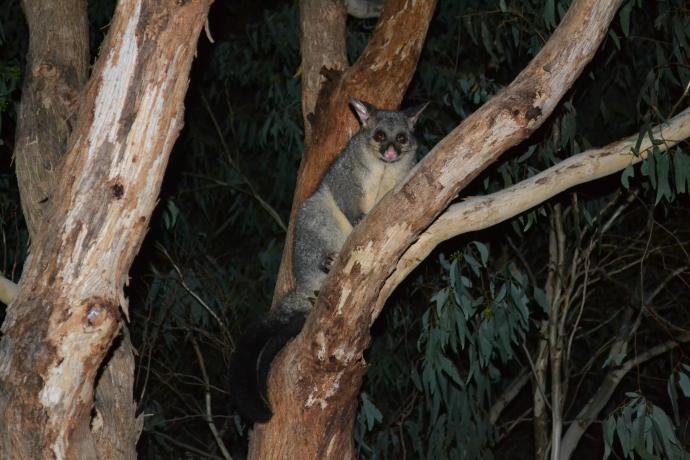
The Brushtail possum is the most widespread mammal of Australia
Mt Rothwell Biodiversity Interpretation Centre provides a predator free environment for the protection of Victoria’s endangered animals and animals that are considered “Extinct in the Wild”.
One of the animals that reside here is the Brushtail Possum. Although it isn’t an endangered species the possum has found a home within the fences of the 400 Hectare property that is Mt Rothwell.
Though the Brushtail possum isn’t endangered, it is protected. Strict rules surround hunting, capturing and releasing. In the mainland states, possum trapping is legal when attempting to evict possums from human residences, like in roofs, however possums must be released after dusk within 24 hours of capture, no more than 50m from the trapping site. In some states e.g. Victoria, trapped possums may be taken to registered veterinarians for euthanasia. In South Australia, they are fully protected and permits are required for trapping possums in human residences or for keeping or rescuing sick or injured wild possums and other native animals.
Brittnee Hanmer 12A

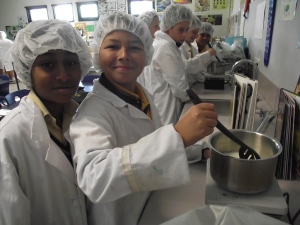
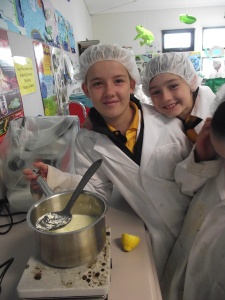
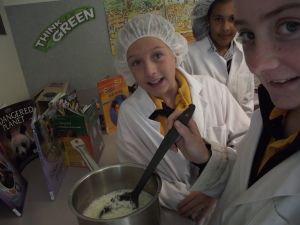
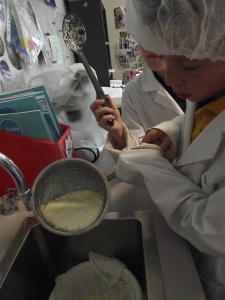
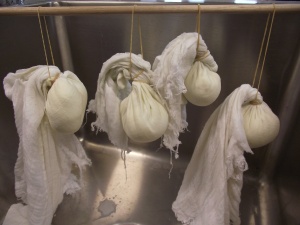

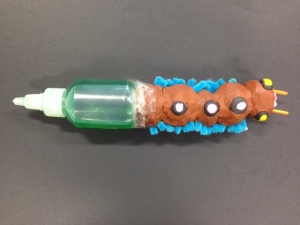
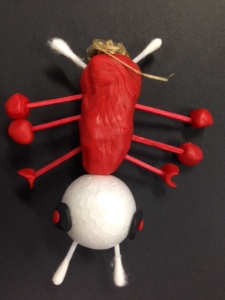
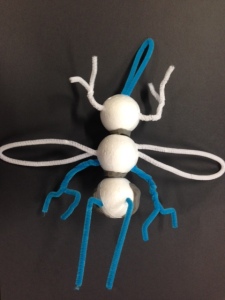
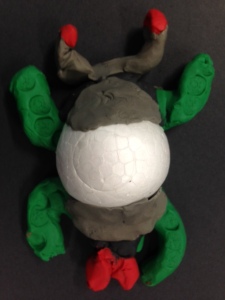
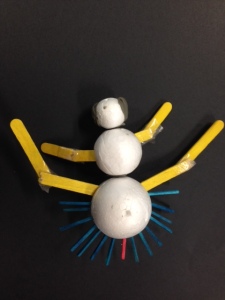
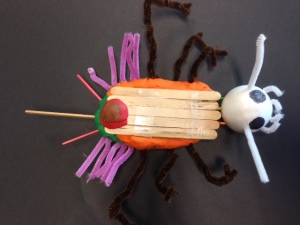



















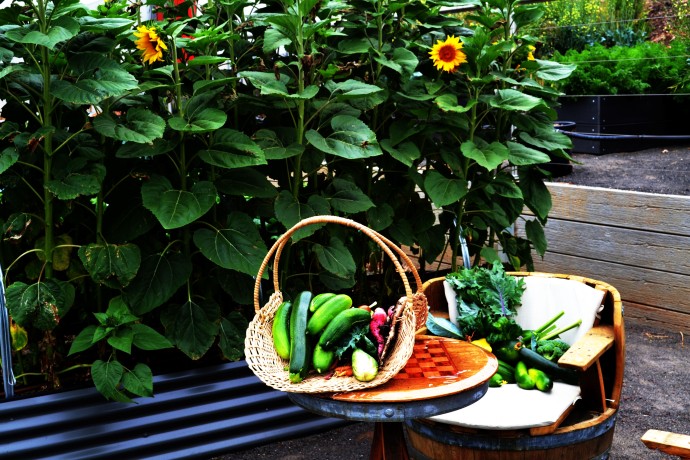
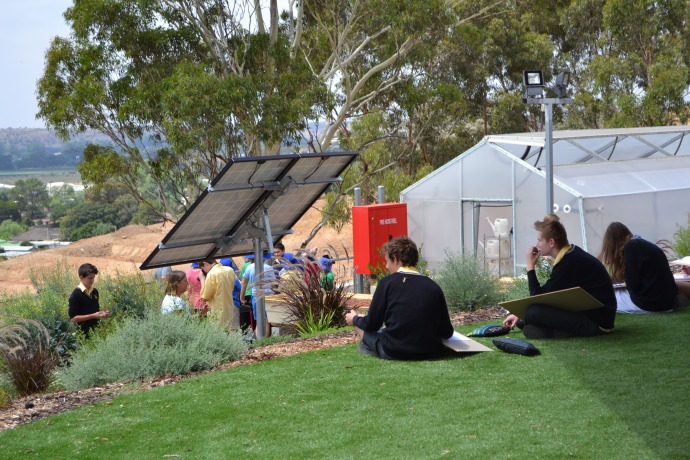
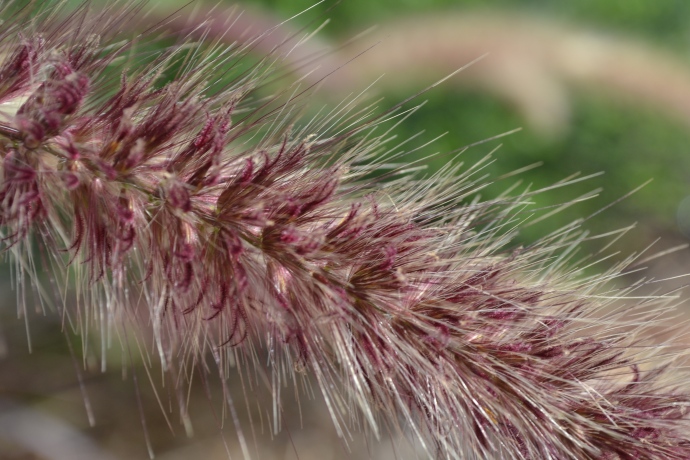
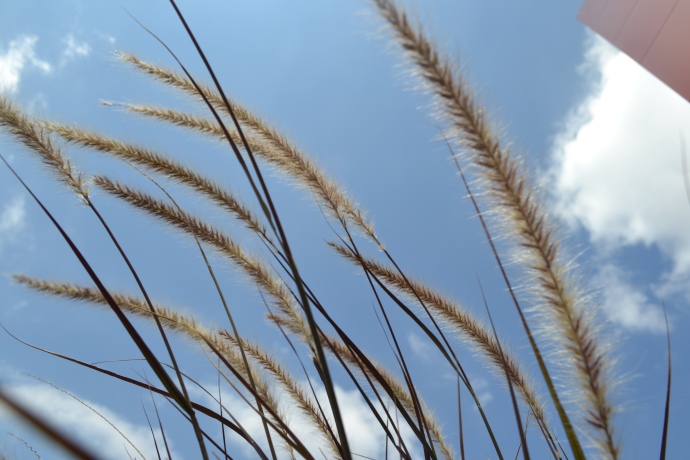
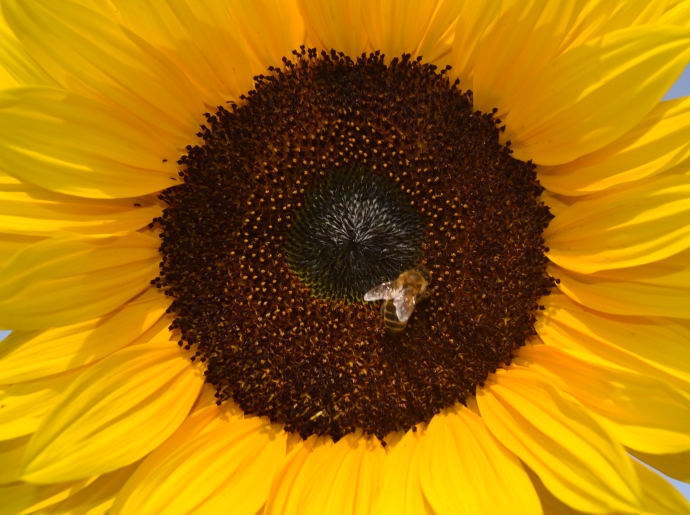
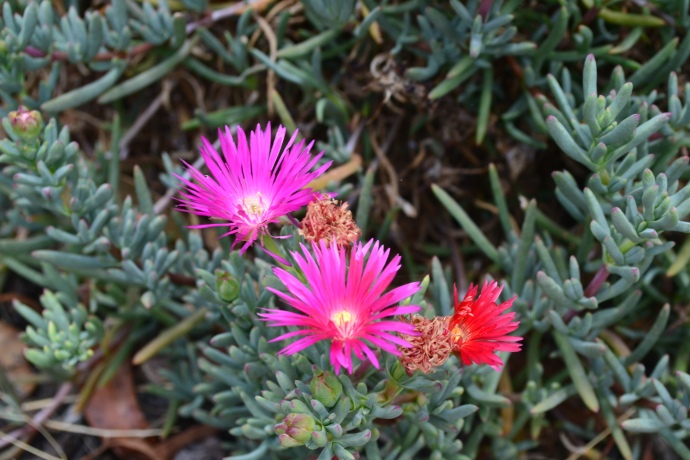


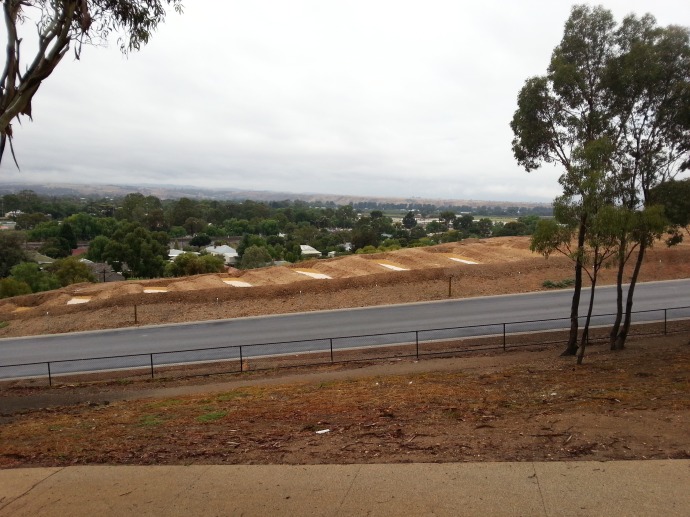
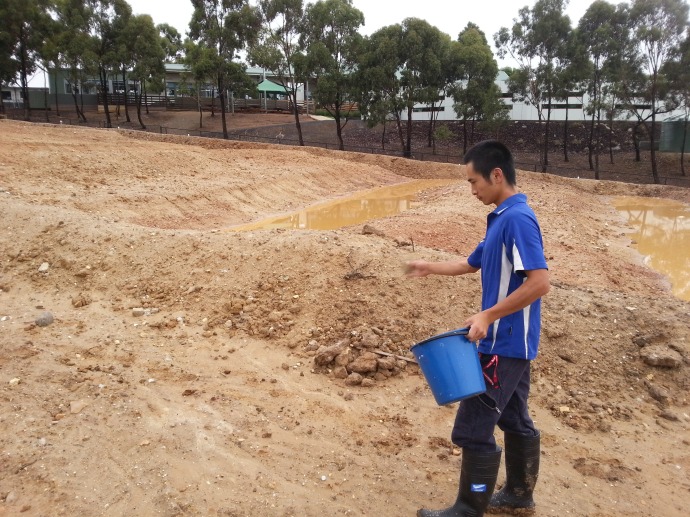
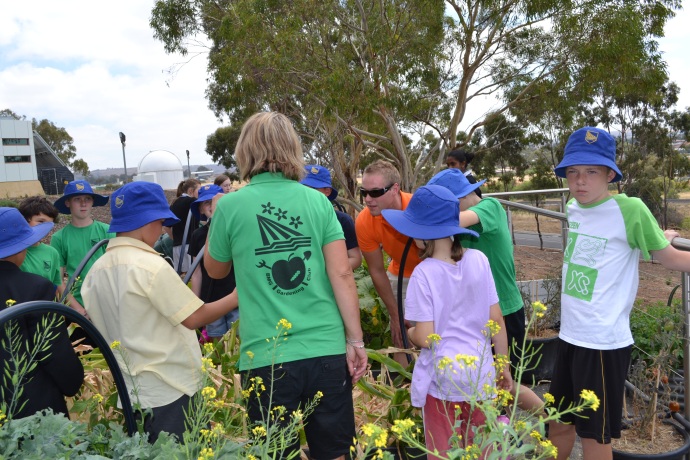
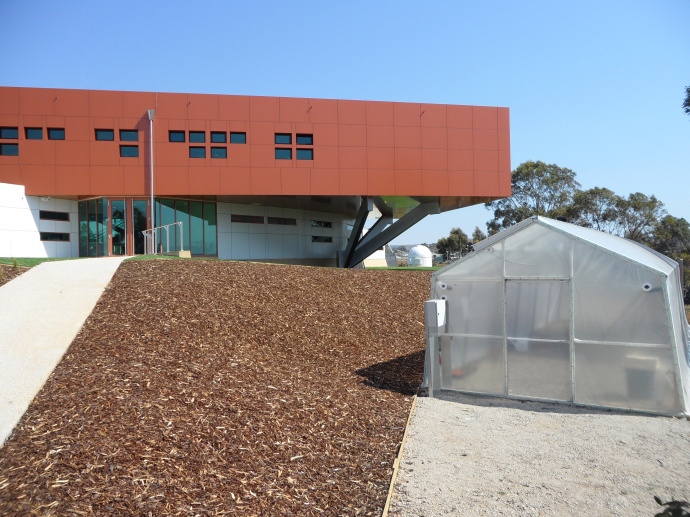
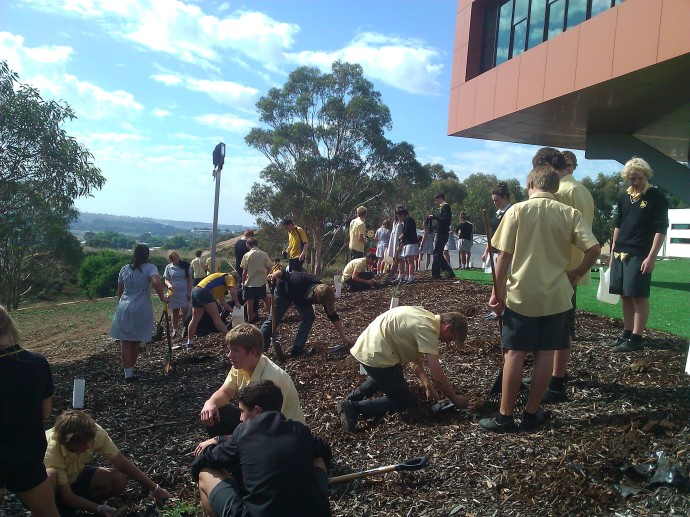
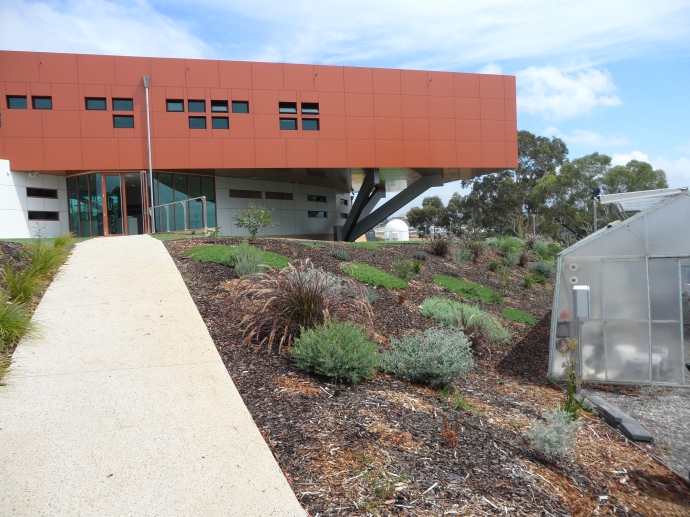
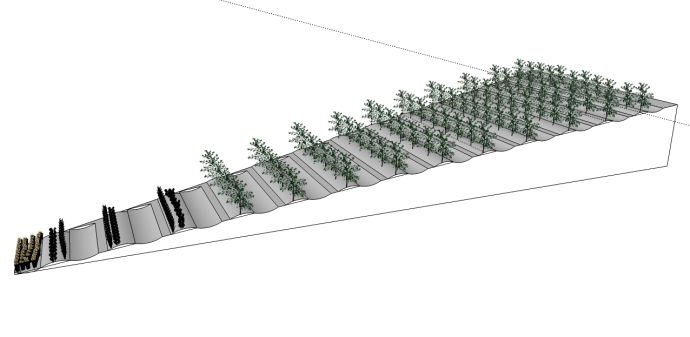
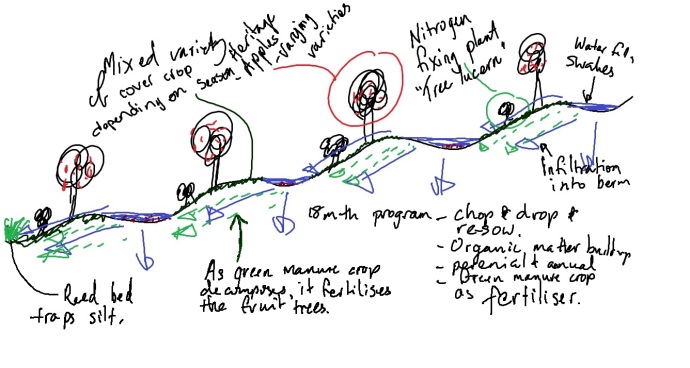


 Letterland names. There were Peter Puppy’s Potatoes, Lucy Lamplight’s Lettuce, Bouncy Ben’s Beetroot, Clever Cat’s Cabbage and Talking Tess’ Tomatoes. The highlight for the children was being able to pull their own carrots from the garden. They’re still wondering if Clever Cat has white and purple carrots as well as the usual orange ones in her cottage garden. What a wonderful experience for all involved and it is with thanks to our guides, Mrs Kerry Osborne and Mr Nam-Ha Quach, who, we discovered, is a special friend of Quarrelsome Queen, for introducing us to this amazing learning area and all that it has to offer.
Letterland names. There were Peter Puppy’s Potatoes, Lucy Lamplight’s Lettuce, Bouncy Ben’s Beetroot, Clever Cat’s Cabbage and Talking Tess’ Tomatoes. The highlight for the children was being able to pull their own carrots from the garden. They’re still wondering if Clever Cat has white and purple carrots as well as the usual orange ones in her cottage garden. What a wonderful experience for all involved and it is with thanks to our guides, Mrs Kerry Osborne and Mr Nam-Ha Quach, who, we discovered, is a special friend of Quarrelsome Queen, for introducing us to this amazing learning area and all that it has to offer.
